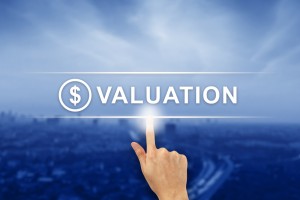
The typical process of selling an Amazon business usually begins with a valuation of the company. Having clean financials is essential for the right valuation. Your valuation will dictate many different aspects of your Amazon business sale. It is impossible to begin the free business valuation process offered by many online business brokers however, if you do not have clean financials.
Selling Amazon Businesses 101
For many entrepreneurs, their Amazon business starts out as a hobby and quickly grows into something that becomes profitable and ripe for sale. The idea of managing the different financial aspects of this business such as credit cards, a separate bank account and a distinct corporation, might seem like too much of an effort.
But for many people who have already turned this hobby into a very successful business, that has now evolved into a sellable asset, these clean financials are critical for getting the best possible value.
Anyone who makes use of the software program that already captures a great deal of their financial information will have an easier time pulling together the necessary details when approaching the free business valuation process. You must be able to clearly identify trends, revenues, expenses and gross profits.
Finally, the most important element when selling an Amazon business in terms of your financials is the determination of the seller’s discretionary earnings. This is a crucial factor when selling your Amazon business. You want to be able to show strong and healthy profits and your online business broker will work with you to develop what is known as a seller’s discretionary earnings.
These will come in the form of an add back schedule. Add back examples might often include, auto expenses, travel, the owner’s salary, personal entertainment and meals, mobile phones, services that you no longer use which have no impact on sales, charitable contributions, and more. These are typically associated with expenses that do not move forward to the new owner during the process of an Amazon business sale.
You will want to look at your profit and loss sheet with the add back schedule included. Your online business broker can help you with this and ensure that you understand how your financials will influence the business valuation process. The selection of the right online business broker makes it much easier when selling your Amazon business. To sell Amazon business, you must be prepared well in advance with a valuation.
Many people are curious whether they can even sell Amazon business. However, finding a broker who can assist you with how to sell Amazon business tips will allow you to be guided through the process effectively. Finding the right online business broker before you make the official decision to sell your Amazon business is strongly recommended as he or she will be able to tell you what things you may need to focus on in order to enhance the overall value of the company and increase your chances of success.